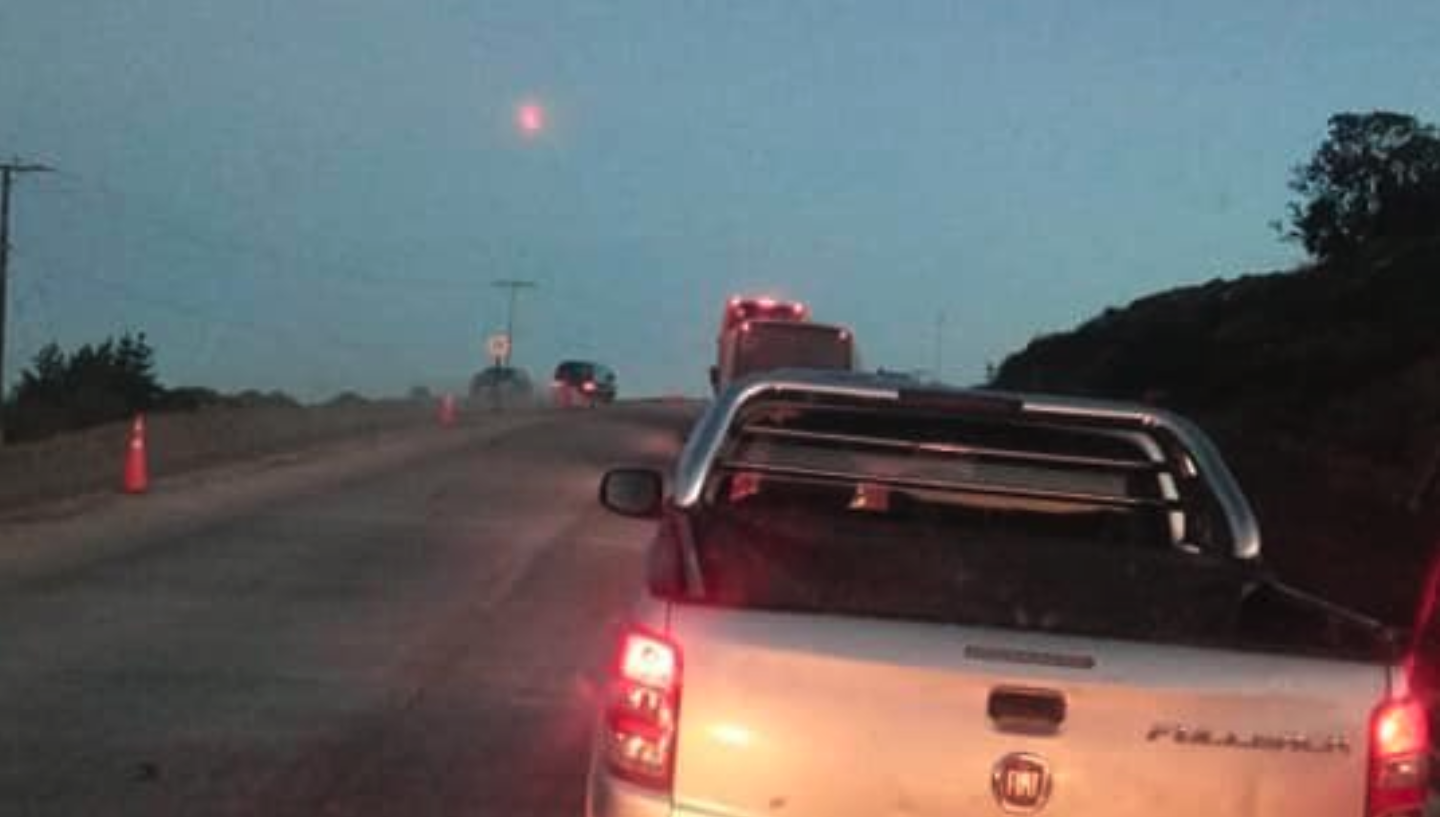A Mysterious ‘Fireball’ Was Spotted In Chile and Nobody Knows What It Was

Credit to Author: Becky Ferreira| Date: Fri, 04 Oct 2019 18:22:54 +0000
On September 25, a fireball was photographed hurtling across the skies above Chiloé Island in Chile, and nobody knows what it was yet.
The flaming object was posted to social media, and was initially linked to several fires ignited in the area, raising the possibility of more falling objects. The fires were extinguished by volunteer firefighters before causing any harm, according to LiveScience. Government field analysis of the scorched areas turned up no sign of meteorites, the fragmentary remains of meteors, however.
As a result, geologists from Chile’s National Geology and Mining Service (Sernageomin) said meteorites weren’t linked to the fires, according to a report released on Saturday. Meteorites have been falsely blamed for igniting fires on previous occasions, and scientists say it is exceedingly unlikely that these objects can cause fires unless they are relatively large.
It’s still entirely possible that the fireball streaking across the Chilean skies was a meteor that simply coincided with the fires, however. Harvard University astrophysicist Jonathan McDowell tweeted that the event was “probably a meteorite" the day after the fireball lit up the sky.
But if the fireball wasn't a meteor, regardless of whether it started the fires or not, what else could it be? If your instinct is to guess “extraterrestrial spaceship,” you might be right, but don’t start channeling your inner Fox Mulder yet. It’s vastly more likely that the fireball was caused by our own civilization’s space trash than any spacefaring alien species paying a visit.
There are millions of small objects in orbit, and thousands of pieces larger than 10 centimeters. This debris is composed of tiny chipped-off parts of spacecraft, dead satellites, spent rocket boosters, and other human-made junk. Hundreds of pieces of space junk and thousands of meteorites fall to Earth each year, though they mostly land in the oceans and unpopulated areas on land.
McDowell said that he couldn’t find any “obvious space debris candidates” to explain the object, or objects. But he added that “sometimes takes a few days for relevant data to come in” on databases such as Space Track.
This space debris data “is based on radar tracking of objects and, sometimes, detection of reentry fireballs by infrared surveillance satellites,” McDowell explained in an email.
Sernageomin officials collected soil samples from the sites of the fires and will conduct a more thorough analysis of them in the laboratory. Closer examination could reveal debris that is not visible to the naked eye, which would help solve the mystery of what type of object flamed out in the skies of Chiloé Island last week.
This article originally appeared on VICE US.